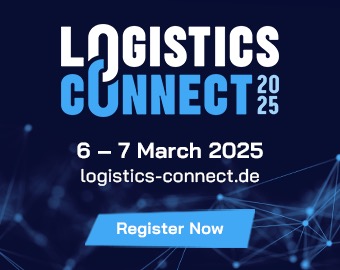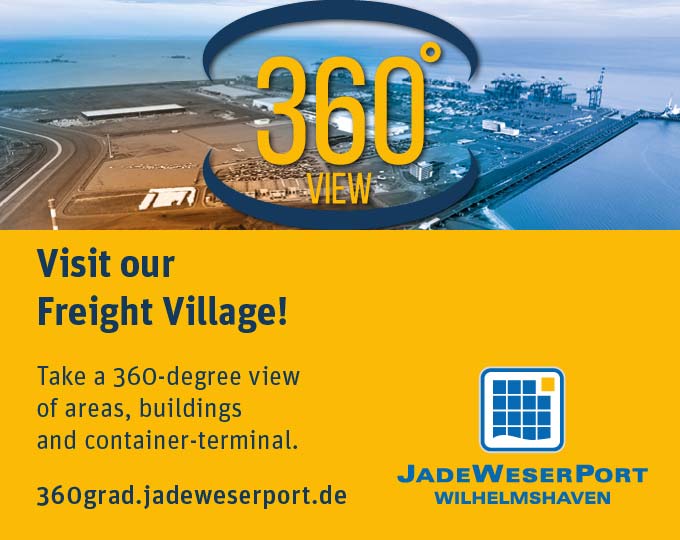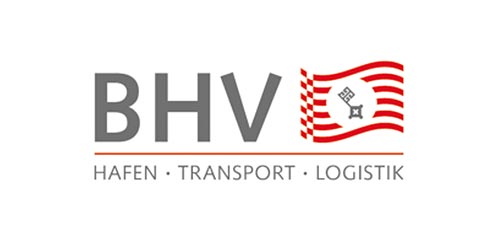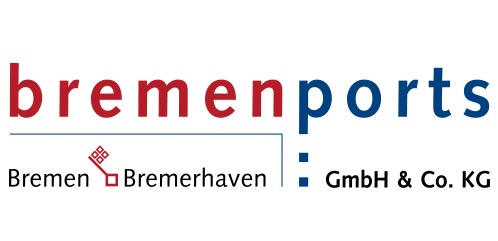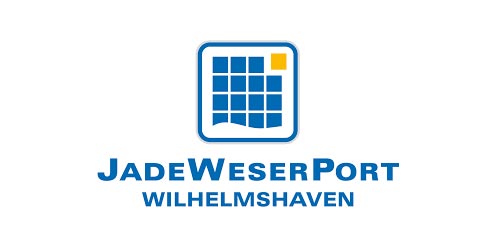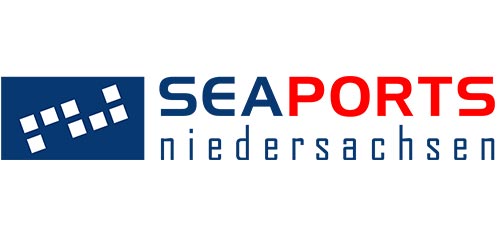The global volume of trade is growing, as is the demand for increased climate protection. The intention behind the National Ports Strategy adopted by the German government is to facilitate a more sustainable future for our ports. Can it succeed?
The NPS framework identifies five areas of operation. Sustainability comes in second place – after strengthening Germany’s competitiveness as a port location. According to the paper: “Make ports sustainable hubs for the transition of the energy system, climate-neutral shipping and industry as well as for modal shift”.
The Federal Ministry of Digital and Transport (BMDV) has underpinned strategic goals by operational measures that are to be implemented in national, state and local government, as well as by industry and infrastructure operators. “In particular, this involves providing sufficient space for companies relevant to the energy and transport transition as well as for warehouses and tank farms where energy sources are stored, the early expansion of storage and bunkering capacities, and the participation of ports in green shipping corridors,” a BMDV spokesperson explained.
To determine the port infrastructure necessary for the energy transition, the BMDV and the Federal Ministry for Economic Affairs and Climate Action (BMWK) commissioned studies on the energy ports of the future. “The studies will examine the seaports’ potential and need for expansion as well as the need for financing,” the BMDV announced. Initial results are expected by the end of 2024. Plus, the Ministry of Transport is working with the Ministry of Economic Affairs on an action plan for climate-friendly shipping as a strategic framework for the sustainable decar-bonisation of national maritime and inland shipping. This should be available in the second quarter of 2025.
Howe expects NPS measures and goals to be supported financially
Whatever happens, it is already clear to Robert Howe, Managing Director of bremenports, that the German seaports need to be expanded to accommodate the energy transition. “This is the clear commitment
that’s reflected in the port strategy,” he explained. “And this is precisely what’s giving us momentum, particularly for planning the energy port here in Bremerhaven – wind energy transshipment, plant recycling, quayside manufacturing and storage of new facilities for offshore expansion, as well as the import and processing of renewable energy sources, are core components of the plans here on site. All of this is reflected one-to-one in the National Ports Strategy.”
The German government’s strategy, including its five fields of action and the corresponding packages of measures, is fundamentally a good step towards future-proofing. The focus is on strengthening the ports’ competitiveness and resilience. “This prioritisation is absolutely the right approach,” Howe continued. “It underlines how indispensable and significant Germany’s ports are for the supply of goods and energy.”
There is a catch, however – the funding. “This is basically the main problem and the fundamental flaw in the strategy,” emphasised Howe. The target formulations make it clear that the German government is aware of the ports’ national importance – but precisely this is thwarted by the fact that no funding commitments have been made or concrete funding scenarios promised.
“If ports are a national responsibility, you can’t just claim that the individual federal states are responsible for funding them. Given the challenges facing the ports, this simply isn’t enough, as positive as it is that a port strategy has finally been presented,” he added. “Without a clear commitment to financially support the strategy’s measures and objectives, it all looks good on paper – but this alone won’t get us anywhere. We can’t implement the National Ports Strategy like this.”
Working groups to flesh the NPS out with specific measures
Zu den fünf Handlungsfeldern der Nationalen Hafenstrategie wurden Arbeitsgruppen gebildet, die die Leitlinien weiter ausarbeiten und mit konkreten Maßnahmen füllen. Dazu zählt auch Arbeitsgruppe 1 „Häfen als nachhaltige Knotenpunkte der Energiewende“. Allen Arbeitsgruppen gehören Vertreter (auf Arbeitsebene) von Bund (Ressorts), Küstenländern, Binnenländern, Verbänden aus Wirtschaft und Umwelt sowie der Gewerkschaft Verdi an.
Seitens des Bundes sind es in dieser Arbeitsgruppe die Ressorts Bundesministerium für Digitales und Verkehr (BMDV), Bundesministerium für Umwelt, Naturschutz, nukleare Sicherheit und Verbraucherschutz (BMUV), Bundesministerium für Wirtschaft und Klimaschutz (BMWK) und Bundesministerium für Ernährung und Landwirtschaft (BMEL).
Seitens der Länder übernehmen Schleswig-Holstein, Niedersachsen und Baden-Württemberg eine koordinierende Funktion für alle Länder. Überdies sind folgende Verbände vertreten: der Zentralverband der deutschen Seehafenbetriebe (ZDS), der Bundesverband Öffentlicher Binnenhäfen (BÖB), der Verband Deutscher Reeder (VDR), das Deutsche Verkehrsforum (DVF), die IHK Nord, die Nationale Organisation Wasserstoff- und Brennstoffzellentechnologie (NOW), das Deutsche Maritime Zentrum (DMZ) und die Gewerkschaft Verdi.
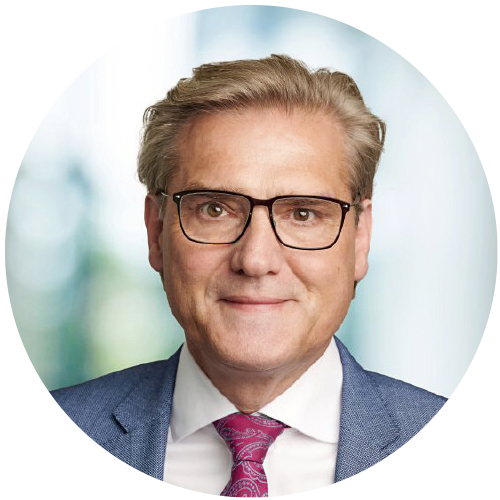
“If ports are a national responsibility, the individual states can’t be solely responsible for financing them.”
Robert Howe, Managing Director, bremenports
For Banik, infrastructural adjustments are the biggest challenge
Holger Banik, Managing Director of Niedersachsen Ports (NPorts) and JadeWeserPort Realisierungsgesell-schaft, also sees the National Ports Strategy as a positive step towards strengthening the role of ports in the energy transition. “Lower Saxony’s seaports, especially those in Wilhelmshaven, Cuxhaven and Stade, are central hubs for hydrogen production and wind energy due to their infrastructure and geographical location,” he stated.
Concerning the energy transition, the seaports of Lower Saxony are well integrated into the strategy. “However, we’d like to have seen more concrete statements on things such as the necessary acceleration of approval procedures and securing long-term funding,” said Banik, continuing to state his opinion that the infrastructural adjustments required to implement the energy transition require considerable investment, which is one of the biggest challenges.
“The private sector can’t finance these exclusively,” he emphasised. “As the energy transition projects involve the implementation of national goals, we believe that the German government has a clear responsibility to co-finance them.” There is also the need for closer cooperation between various stakeholders, including the federal and state governments, port operators and industry, which requires greater coordination.
The transition to climate neutrality clearly requires high investment levels from all market participants. “The consequence is that large public subsidies are required for the transition process, so as not to jeopardise the competitiveness of German products and so that the manufacturing processes can be converted with the lowest possible additional costs for the goods,” continued Banik. “That both public and private funds are used efficiently will be crucial.”
Dreeke believes prioritisation could be improved
BLG CEO Frank Dreeke also sees the adoption of the NPS in March as a fundamentally positive sign. “The National Ports Strategy is late coming, though,” he criticised. After all, the strategy envisages that German ports will be climate-neutral by 2045 and, to achieve this goal, considerable investments in infrastructure and the digital transition of the port locations are necessary.
“Germany’s seaports play a central role in the energy transition,” emphasised Dreeke. “If we’re serious about climate protection and expansion goals, we have to act quickly to create the necessary capacities in the ports. The ports need at least 400 million euros per year to make the necessary investments.” So far, these funds have not been provided sufficiently, which jeopardises the implementation of the strategy.
Besides, delays and a lack of commitment on the part of the German government are causing frustration in the federal states where the ports are located. “Our impression is that the government is shirking its responsibility and not providing sufficient funds to support the transition of seaports into energy locations.
That’s how I see it.”
He also feels prioritisation could be improved. The NPS takes many relevant concepts into account in terms of content, yet despite efforts to standardise many planning and approval procedures, there are still bureaucratic hurdles that, alongside the insufficient financial support, affect the efficiency and competitiveness of the ports. “Decisive, long-term support from the German government is lacking,” explained Dreeke.
The government’s lack of commitment is also evident in other areas. While German ports are often confronted with bureaucratic hurdles and insufficient financial support, the Belgian and Dutch governments are setting clear priorities and providing comprehensive support for their ports. “These countries have long since recognised that ports also act as central hubs for the energy transition and have begun providing the appropriate resources to strengthen this position,” highlighted Dreeke.
In Germany, however, the lack of decisive and long-term support is palpable. “The result is that German ports are unable to exploit their role as key players in the energy transition fully, which will have long-term adverse effects on our economic and ecological development,’ the CEO continued.
Dreeke would also like to see more urgency and vision. “It’s important to think beyond legislative periods and I don’t see that in today’s politics. The industry had high expectations that haven’t been met so far, which has led to noticeable disappointment.”

“We’d like to have seen more concrete statements on the necessary acceleration of approval procedures.”
Holger Banik, Managing Director of NPorts and JadeWeserPort Realisierungsgesellschaft
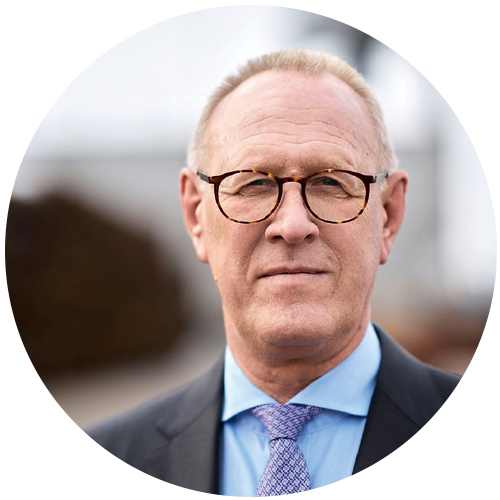
“It’s important to think beyond legislative periods.”
Frank Dreeke, Chairman of BLG LOGISTICS
Titzrath calls for financial support from the German government
Angela Titzrath, President of the Association of German Seaport Operators (ZDS), believes that the strategy rightly emphasises the core importance of German ports as hubs for the energy transition. It formulates appropriate strategic goals and contains a comprehensive catalogue of measures. “Particularly with regard to the energy transition, though” she added, “it’s obvious that major investments in port infrastructure are needed for the shipment of wind turbines, hydrogen transshipment and many other contributions to the transition. The government must support the individual states in financing these investments.”
Above all, there is no specific and reliable timeframe for implementing the catalogue of measures. “Paper doesn’t blush, but swift action is required,” emphasised Titzrath. “The key question is how to finance new construction and refurbishment. The states can’t do it alone. The government is rewriting its responsibilities but making no promises. The National Ports Strategy hasn’t changed this yet, either.”
Titzrath criticises the government for lacking the political will to act. Expansion targets have been set, but how to achieve them has not been made viable. “We need more than just the extra berths in Cuxhaven. We’ll support the government in its initial efforts to systematically quantify requirements, but the German and individual state governments can begin work on financing right now.”
“Proposals for how to finance the strategic goals have been on the table for some time,” said Titzrath. “This is a political decision. Money for port infrastructure is an investment in Germany’s future. It helps to keep industries and future technologies in the country, secure jobs and maintain prosperity. However, as private-sector seaport operators, we need adequate public infrastructure to achieve this.”
National Ports Strategy addresses cooperation
The National Ports Strategy (NPS) also addresses
cooperation between ports. One strategic goal is to promote cooperation between the potential German port locations in the core network of the EU’s Trans-European Transport Network (TEN-T) for energy and raw materials imports. This applies, in particular, to the terminals and infrastructure. For context, TEN-T comprises nine core network corridors that connect strategically significant regions of the EU. This means that the actual short and long-term market demand must both be taken into account, along with other developments.
What do the port stakeholders think?
“Ultimately, it’s got to be about exploiting the advantages of the individual port locations – and not cannibalising each other,” said Howe. “Of course it makes sense, for example, to expand the ports, where this is possible with comparatively little environmental intervention, to accommodate the new 24,000 TEU Megamax 24 class ships and to operate them sustainably in terms of economic and ecological maintenance work.”
There are site-related differences here, and the length of access to the quays is different. Public expenditure for the required water depths also varies significantly. “There’s nothing dishonourable about considering these port profiles, including the predicted market developments, for investments. However, such collaborations primarily require investment – which brings us back to the strategy’s main issue.”
“In our experience, market demand, particularly for energy projects, is based less on whether a port is part of the TEN-T core network and more on criteria that are crucial for energy transition projects,” added Banik. “Location criteria here include, for example, the distances to the gas and hydrogen distribution networks, the availability of space, an offshore electricity landing point, the ability to obtain approval for industrial energy plants and, where applicable, the water depth.”
In this respect, German and EU funding of energy projects should not be geared solely to the ports on the TEN-T core network. Nevertheless, cooperation between the port locations within this network could be seen as an opportunity to share expertise in the design and further development of the infrastructure.
“From our point of view, it’s about bringing the players together, introducing them to each other, interlinking technical approaches from different industries, developing a marketplace, creating space and incentives for innovations and projects,” Titzrath continued. “Apart from that, healthy competition between companies and locations makes sense in order to maximise progress, efficiency and resilience.” (cb)
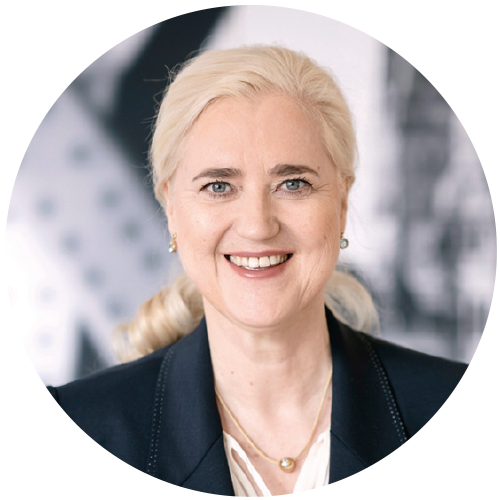
“Money for port infrastructure is an investment in Germany’s future.”
Angela Titzrath, President of the Association of German Seaport Operators (ZDS)

